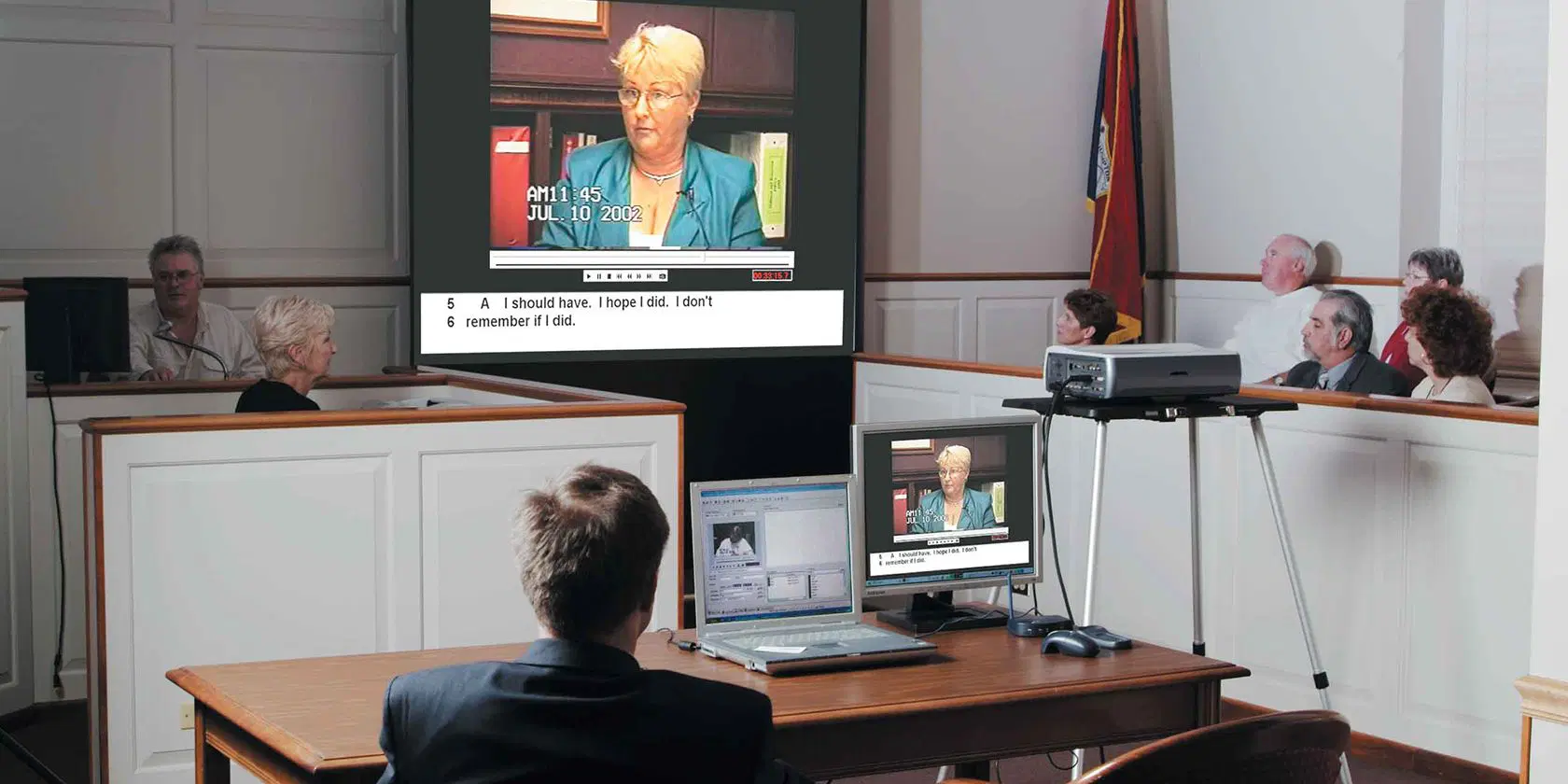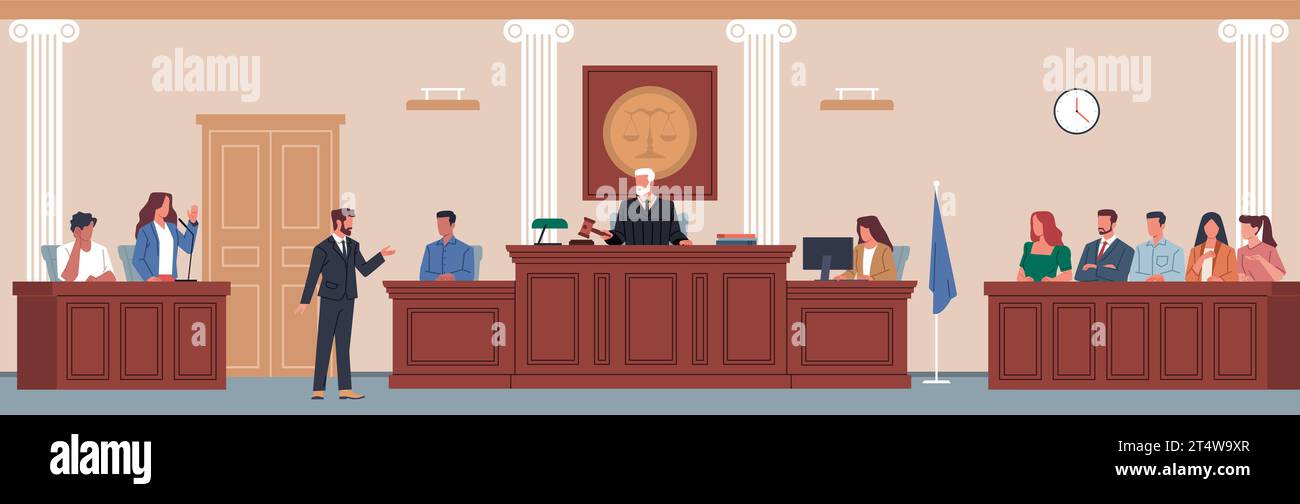Trial Presentation Dependable Solutions for Organizing and Presenting Evidence
Wiki Article
Astound the Court: Necessary Components of a Powerful Test Discussion
Necessary elements such as recognizing the audience, crafting an engaging story, and understanding verbal and non-verbal interaction are critical components of an efficient presentation. As these aspects link, they create a cohesive technique that not only informs but also involves jurors on several degrees.
Understanding Your Audience
Recognizing your target market is a critical facet of reliable trial discussion. A successful discussion rests on the capacity to understand the demographics, values, and proneness of jurors. This comprehension notifies how disagreements are mounted, evidence is presented, and psychological allures are crafted, making sure that the message resonates with the jurors on a personal level.Research study indicates that jurors come from diverse histories and might have varying degrees of comprehending regarding lawful procedures. In addition, understanding the jurors' prospective predispositions and life experiences permits the test speaker to prepare for arguments and address worries proactively.
Efficient trial presentation also entails observing jurors' responses throughout the procedures. Engaging with jurors as individuals instead than a cumulative system is important in promoting a solid connection in the courtroom.

Crafting a Compelling Narrative
Crafting an engaging narrative is essential in assisting jurors via the complexities of a case. A well-structured narrative not only streamlines complex lawful concepts but likewise engages jurors on a psychological degree, making the information much more relatable and unforgettable.To accomplish this, attorneys should start by recognizing the core message they wish to communicate. This message needs to resonate with the jurors' worths and experiences, cultivating a link that goes beyond simple realities. The story needs to unfold logically, offering events in a clear series to avoid complication. This sequential method can assist jurors follow the development of events, emphasizing reason and impact.
Including human components-- such as individual stories or stories-- can additionally boost the narrative's influence. These aspects stimulate empathy, permitting jurors to visualize the consequences of the case on the real worlds. In addition, utilizing a consistent motif throughout the discussion enhances the major disagreement, making it easier for jurors to keep crucial points.
Ultimately, an engaging narrative changes a test discussion from a simple recounting of realities into a convincing tale that mesmerizes the court, motivating them to deliberate with both reason and feeling.
Using Visual Help
Including aesthetic aids into a trial discussion can substantially enhance jurors' comprehension and retention of details. Aesthetic materials such as graphes, diagrams, photos, and videos can transform complicated legal concepts and proof right into easily digestible styles. By engaging multiple detects, these aids permit jurors to envision the situation's crucial elements, making it easier for them to comply with along and comprehend elaborate information.
In addition, well-designed visual aids can stress crucial points and emphasize relationships in between different items of evidence. As an example, timelines can successfully illustrate the series of occasions, while annotated pictures can make clear particular details pertinent to the situation. This not just help in understanding but also strengthens the narrative offered by the lawyer.
It is vital, nevertheless, to guarantee that aesthetic help are appropriate, clear, and skillfully provided. Overly intricate or messy visuals might overwhelm jurors and interfere with the message. When used deliberately, visual help offer to complement the oral disagreements and enhance the general influence of the trial discussion. Inevitably, effective aesthetic interaction can be a powerful tool in convincing jurors and assisting them get to informed conclusions.
Grasping Verbal Communication
Reliable spoken interaction is essential in a trial discussion, as it serves as the primary methods through which attorneys communicate their disagreements and connect with jurors. Simplicity in language fosters understanding and helps jurors comprehend intricate issues offered throughout the test.In addition, tone and pacing substantially effect just how messages are gotten. A click site confident tone shares authority, while proper pacing permits jurors to absorb info without really feeling overwhelmed. Lawyers should likewise vary their singing inflections to stress vital points and preserve jurors' passion throughout the discussion.
In addition, the organization of verbal debates is crucial. Structuring the narrative rationally and coherently aids jurors follow the attorney's line of thinking, making it less complicated for them to maintain critical information. Making use of influential techniques, such as narration, can also boost the emotional resonance of the disagreements presented, consequently producing an extra profound link with jurors.
Inevitably, grasping spoken communication not only strengthens an attorney's case however additionally promotes click to read more trust fund and connection with the court, significantly improving the opportunities of a positive judgment.

Involving With Body Movement
Nonverbal interaction plays a crucial role in test presentations, usually conveying messages that words alone can not express. Body movement, incorporating motions, posture, faces, and eye contact, dramatically influences just how jurors perceive the reputation and sincerity of the speaker. A certain position, with shoulders back and an open position, can infuse trust fund, while closed-off body movement may recommend defensiveness or unpredictability.
Facial expressions ought to mirror the emotions connected with the instance, strengthening the story existing. As an example, an honest expression during a poignant minute can evoke empathy and strengthen the navigate to these guys psychological allure. Ultimately, mastering body movement is vital for effective trial presentations, as it improves spoken interaction and establishes a compelling visibility that reverberates with the court.
Conclusion
To conclude, astounding the jury demands a calculated method that includes understanding the audience, crafting a compelling narrative, using aesthetic aids, mastering spoken interaction, and involving via body language. Each aspect plays a crucial duty in developing a powerful test presentation that reverberates with jurors on both psychological and intellectual levels (trial presentation). By integrating these parts effectively, lawful specialists can dramatically improve their capability to persuade and affect court decision-makingReport this wiki page